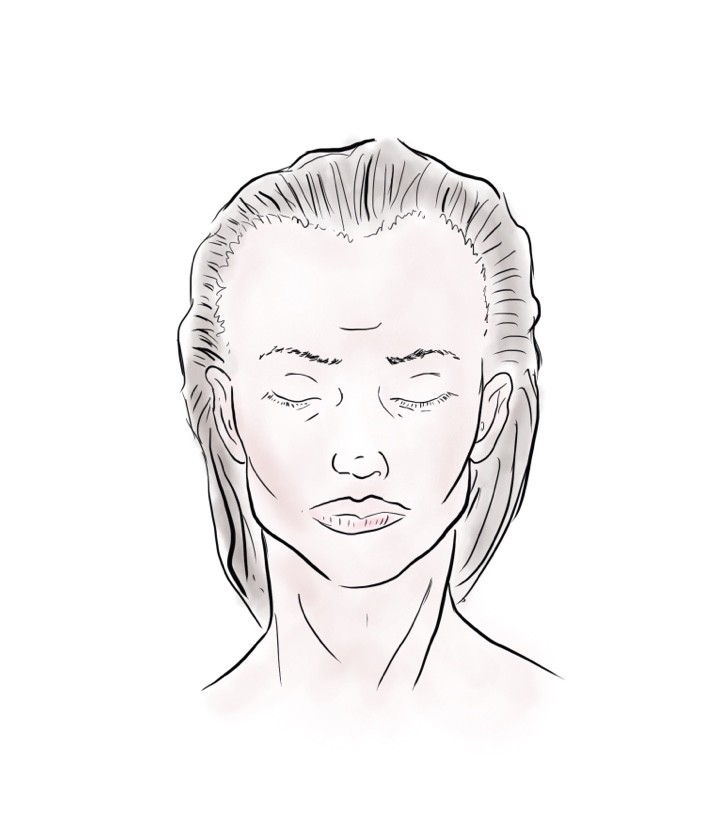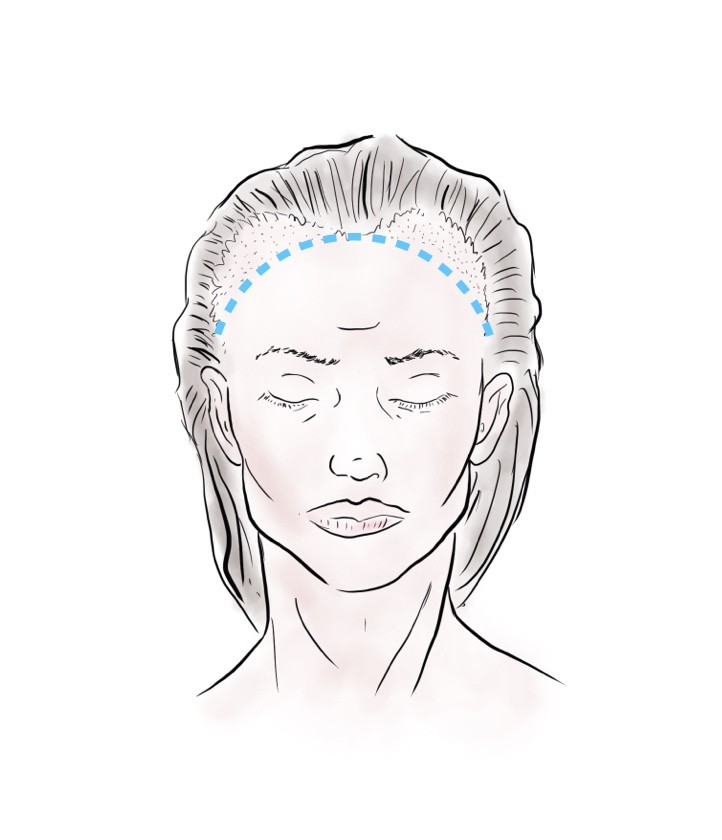Transgender Makeover
Helping you to achieve your aesthetic goal.
Patterns of hair growth and the locations of hair differ between the sexes.
The shape and position of male and female hairlines, facial hair and chest hair differ significantly.
While some trans patients might seek to fully transition from a Male-to-Female (MTF) or Female-to-Male (FTM) in all physical aspects, others will elect to simply have feminisation or masculinisation procedures performed to deliver the desired aesthetic attributes. This often entails reshaping or adjusting the hairline, reducing/increasing facial hair, or similar treatments on other parts of the body.
The Knudsen Clinic has significant experience working with trans patients seeking to change their physical appearance. Hair transplant surgery requires an artistic eye and an experienced doctor who can carefully harvest the hair while preserving the blood supply and nerves to maximise yields, transplant the hairs at the perfect angle and direction, and patterns, for the chosen area.
We offer a non-judgemental service, and our goal is to help you create your confident new self.
Male-to-Female (MTF) Makeover
While a receding hairline, thinning hair, or traditional male pattern hair loss is unwanted by most men, it can be particularly distressing for trans women since it serves as a physical sign of an undesired male phenotype. A receding hairline or a bald spot in the crown may be an issue for trans woman seeking a female appearance.
Hairpieces or wigs can be worn to cover male pattern baldness, but this is not the “solution” most trans women seek. Most trans women want their own, natural, thick hair that can be styled in a way that aligns with their desired gender and personal taste.
The most common procedure we perform on MTF patients is the feminine hairline treatment, which seeks to lower, flatten and round the hairline.
It generally takes 2,000 to 3,000 grafts to achieve the desired look. Results generally take about 60 days after the procedures to become apparent.
Feminising the Hairline with Hair Transplants

1. Male Hairline
The average male hairline has an M-shape, which is lower in the middle and higher on the sides.

2. Surgical Transition
Hair follicles are transplanted to reduce the noticeability of the M-shape.

3. Female Hairline
The average female hairline has a smooth, rounded shape with its highest point in the centre of the forehead.
Masculinising the Hairline with Hair Transplants

1. Female Hairline
The average female hairline has a smooth, rounded shape with its highest point in the centre of the forehead.

2. Surgical Transition
Hair follicles are removed to enhance the noticeability of the M-shape.

3. Male Hairline
The average male hairline has an M-shape, which is lower in the middle and higher on the sides.
Female-to-Male (FTM) Makeover
FTM patients generally come to us for a variety of reasons, including seeking a hairline that looks more masculine, seeking fuller appearing facial hair, seeking chest hair, or because they are receiving hormone therapy that is causing hair thinning or male pattern baldness.
Hair surgery involves harvesting hair follicles from a donor area, such as the back of the head where hair in generally fullest, and transplanting it to the desired location.
Masculinisation of your hairline will involve changing your high hairline to an M-shape, which has upper corners and a downward bend in the middle. This requires a high degree of artistic skill and experience to achieve the desire appearance and to implant the hair follicles at the correct angles and patterns.
If you are experiencing hair loss you might have found that medical therapy has its limitations. Hair loss surgery is an effective way to treat the undesirable appearance caused by male pattern baldness or a receding hairline.
Facial hair is a strikingly male trait that some see as a symbol of virility and adult masculinity. Those on hormone therapy might be able to grow a degree of facial hair, but unfortunately it might appear sparse and underdeveloped.
Masculinisation of your face and facial hair involves transplanting hair through surgery to the desired location to build-up the sideburns, eyebrows, beard, or moustache you seek.
Chest hair is another strikingly male trait that is often viewed as a symbol of virility. It can often be useful to hide the scars left behind from reconstructive chest surgery. A hairy chest can be achieved using hair transplant surgery to provide you with the hairy chest appearance you seek.
Start your hair restoration journey today!
Get in touch with our friendly team to get started.